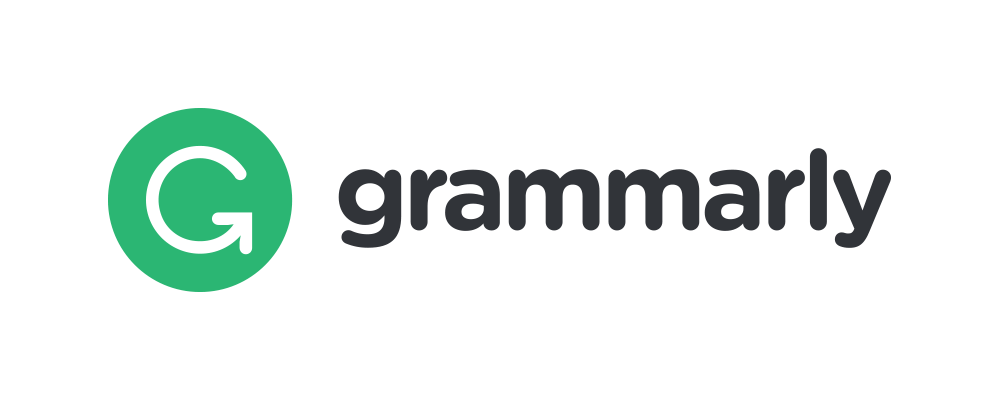PENGEMBANGAN SISTEM OTOMATISASI PENGELOLAAN DATA EXCEL BERBASIS MICROSOFT POWER APPS
Abstract
Transformasi digital menjadi kebutuhan penting suatu pekerjaan untuk meningkatkan efisiensi operasional, namun sering terkendala oleh kesenjangan digital sumber daya manusia dan ketergantungan pada sistem manual berbasis Excel. Penelitian ini dilakukan untuk mengevaluasi implementasi sistem Enterprise Resource Planning (ERP) berbasis Low-Code Development Platform (LCDP) sebagai solusi digitalisasi proses pelaporan dan otomatisasi data Excel. Studi ini dikembangkan menggunakan ekosistem Microsoft Power Platform, khususnya Power Apps dan Power Automate, yang terintegrasi dengan SharePoint Lists sebagai basis data dan OneDrive sebagai penyimpanan berbasis cloud. Proses pengembangan dilakukan tanpa memerlukan keahlian pemrograman mendalam, sehingga memungkinkan partisipasi langsung dari pengguna non-teknis atau yang disebut citizen developers. Melalui pendekatan ini, sistem yang dibangun tidak hanya menekan biaya dan mempercepat waktu implementasi, tetapi juga mampu mengotomatisasi alur kerja pelaporan secara efektif. Hasil pengujian menunjukkan peningkatan efisiensi operasional serta kemudahan akses lintas perangkat. Penelitian ini menyimpulkan bahwa penerapan LCDP dalam pengembangan ERP merupakan metode efektif untuk mendukung transformasi digital pekerjaan, khususnya dalam mengatasi tantangan integrasi data dan meningkatkan produktivitas organisasi secara keseluruhan.
Downloads
Copyright (c) 2025 Satriya Adhi Pradana

This work is licensed under a Creative Commons Attribution-ShareAlike 4.0 International License.
Jurnal allows anyone to compose, correct, and do derivative works, even for commercial purposes, as long as they credit for the original work. This license is the freest. It is recommended for maximum distribution and use of licensed material.
The submitted paper is assumed not to contain any proprietary materials that are not protected by patent rights or patent applications; The responsibility for technical content and protection of proprietary materials rests with the authors and their organizations and not the responsibility of journal or its editorial staff. The primary (first/appropriate) author is responsible for ensuring that the article has been viewed and approved by all other authors. The author's responsibility is to obtain all necessary copyright waivers to use any copyrighted material in the manuscript before submission.
Jurnal Pendidikan, Sains dan Teknologi allows the author(s) to hold the copyright without restrictions and allow the author(s) to retain publishing rights without restrictions. Jurnal Pendidikan, Sains dan Teknologi CC-BY-SA or an equivalent license as the optimal license for the publication, distribution, use, and reuse of scholarly work. Jurnal Pendidikan, Sains dan Teknologi allows the author(s) to hold the copyright without restrictions and allow the author(s) to retain publishing rights without restrictions. Jurnal Pendidikan, Sains dan Teknologi CC-BY-SA or an equivalent license as the optimal license for the publication, distribution, use, and reuse of scholarly work.
In developing strategy and setting priorities Jurnal Pendidikan, Sains dan Teknologi recognize that free access is better than priced access, libre access is better than free access, and libre under CC-BY-SA or the equivalent is better than libre under more restrictive open licenses. We should achieve what we can when we can. We should not delay achieving free in order to achieve libre, and we should not stop with free when we can achieve libre.
Jurnal Pendidikan, Sains dan Teknologi is licensed under a Creative Commons Attribution-ShareAlike 4.0 International License.
You are free to:
- Share a copy and redistribute the material in any medium or format
- Adapt a remix, transform, and build upon the material for any purpose, even commercially.
- The licensor cannot revoke these freedoms as long as you follow the license terms.






